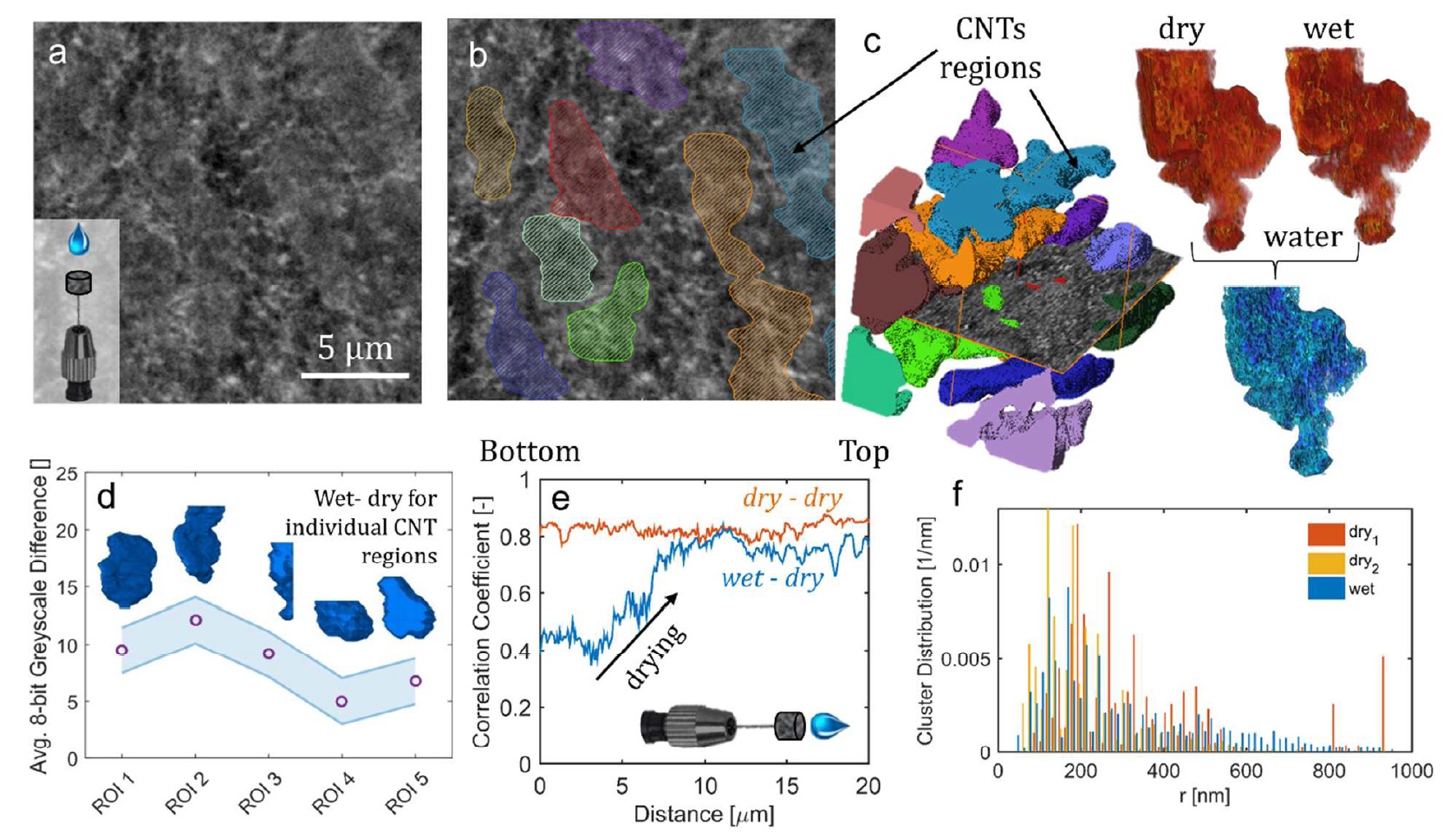Enhanced Water Management of Polymer Electrolyte Fuel Cells with Additive-Containing Microporous Layers.

This work describes the performance improvement of a polymer electrolyte fuel cell with a novel class of microporous layers (MPLs) that incorporates hydrophilic additives: one with 30 μm aluminosilicate fibers and another with multiwalled carbon nanotubes with a domain size of 5 μm. Higher current densities at low potentials were observed for cells with the additive-containing MPLs compared to a baseline cell with a conventional MPL, which correlate with improvements in water management. This is also observed for helium and oxygen experiments and by the lower amount of liquid water in the cell, as determined by neutron radiography. Furthermore, carbon-nanotube-containing MPLs demonstrates improved durability compared to the baseline MPL. Microstructural analyses including nanotomography demonstrate that the filler material in both the additive-containing MPLs provide preferential transport pathways for liquid water, which correlate with ex situ measurements. The main advantage provided by these MPLs is improved liquid-water removal from the cathode catalyst layer, resulting in enhanced oxygen delivery to the electrocatalyst sites.